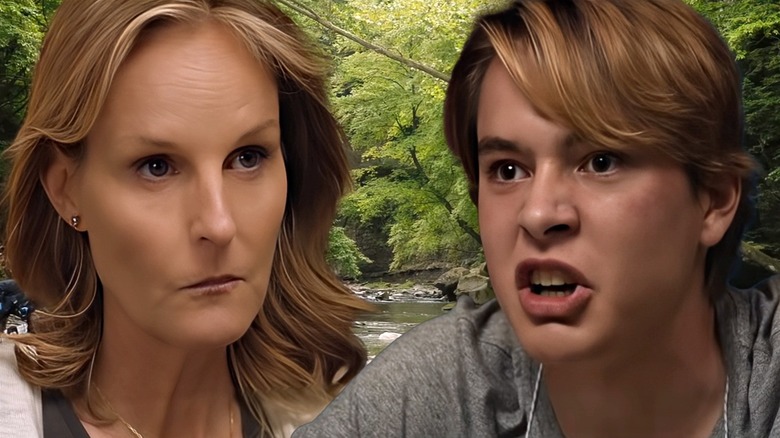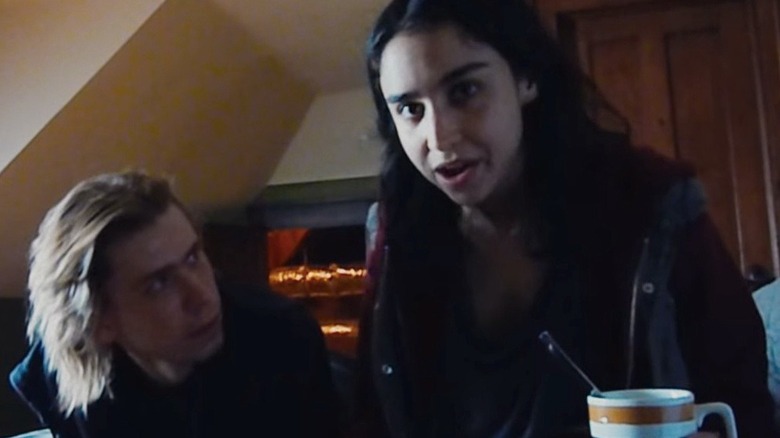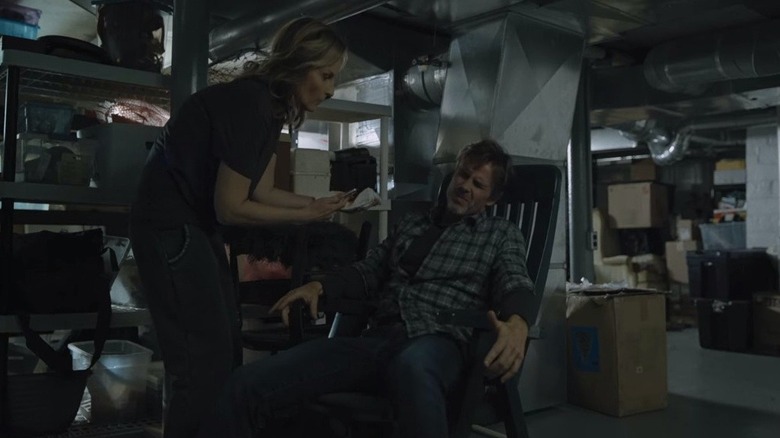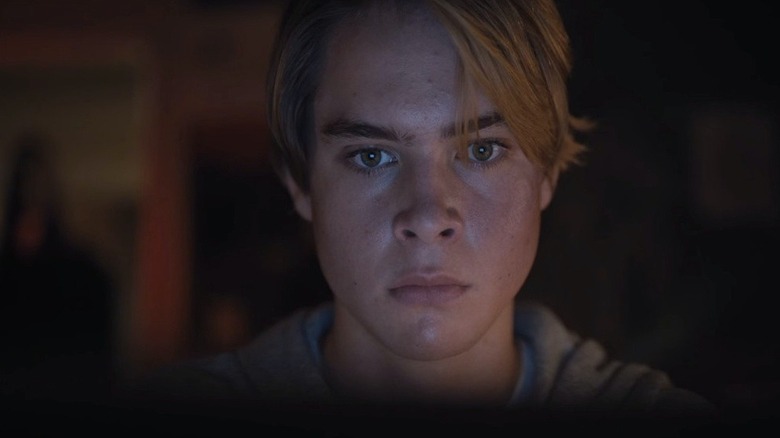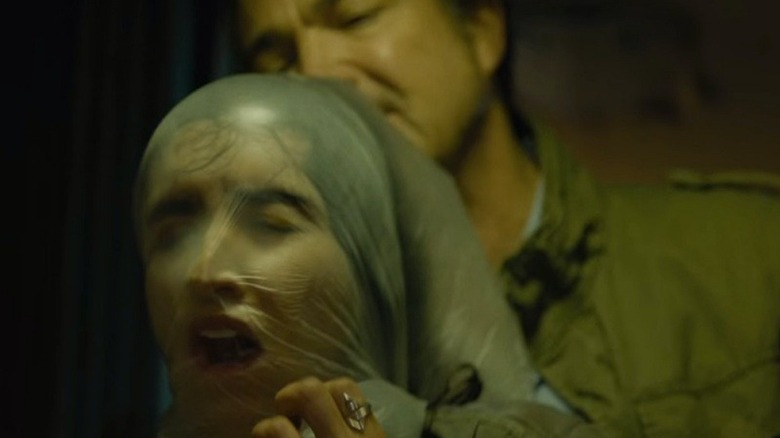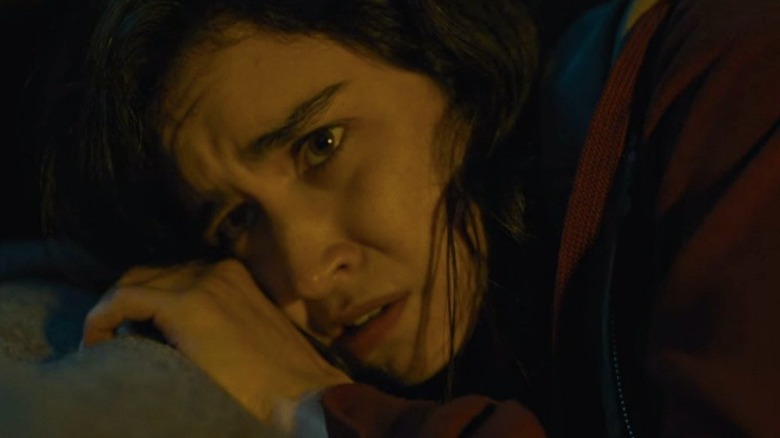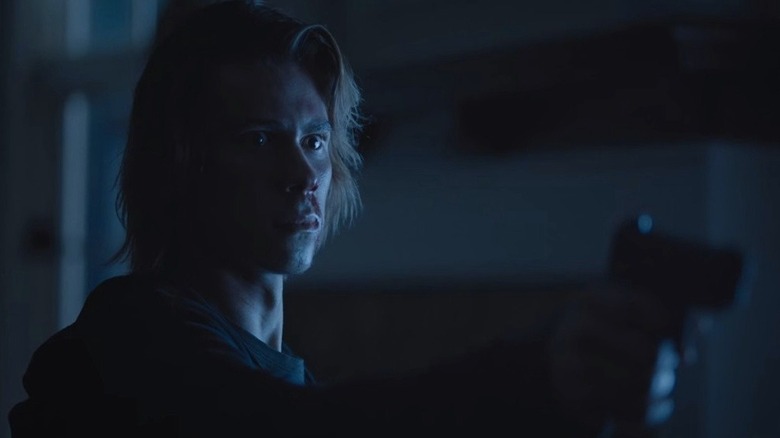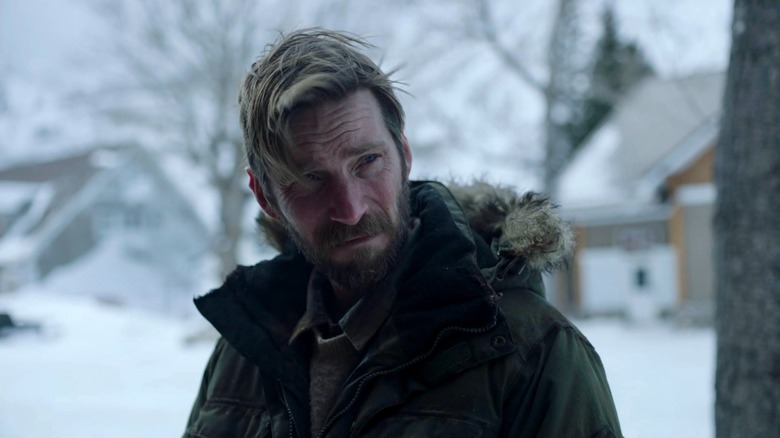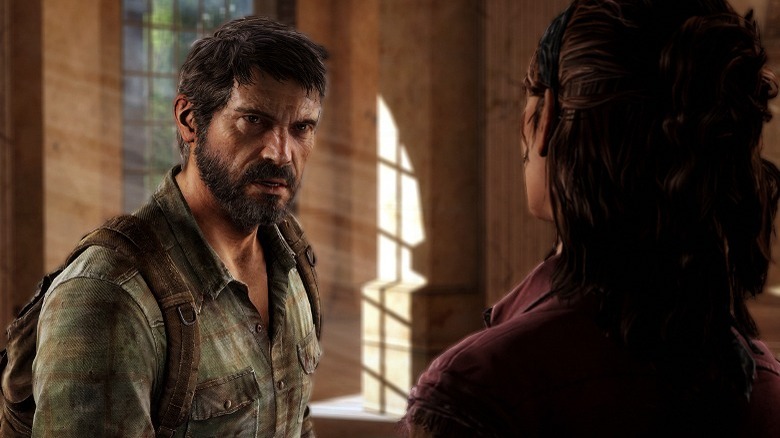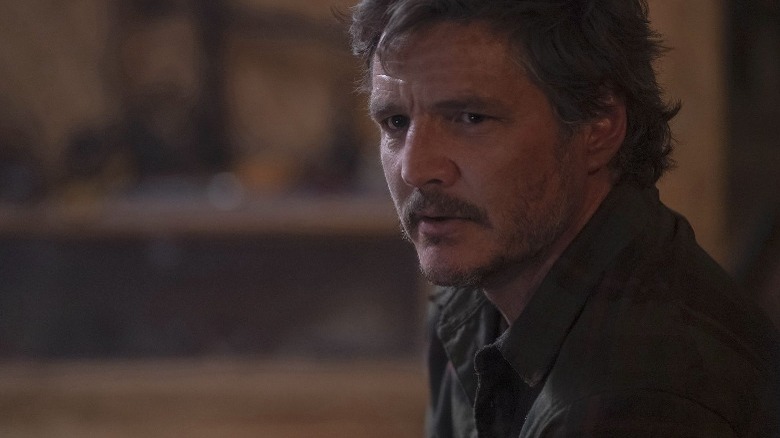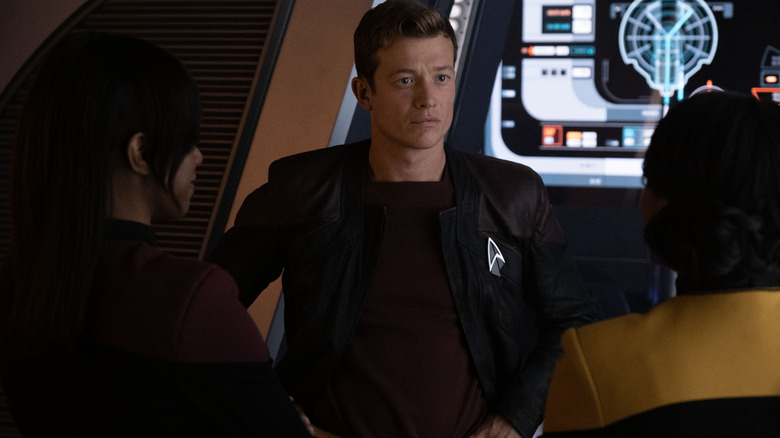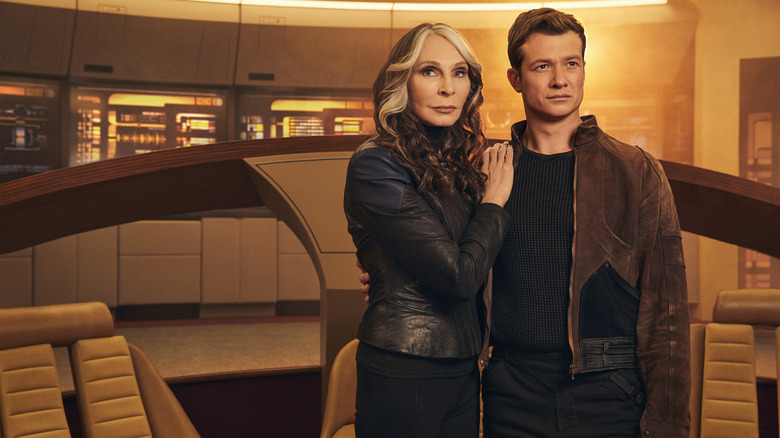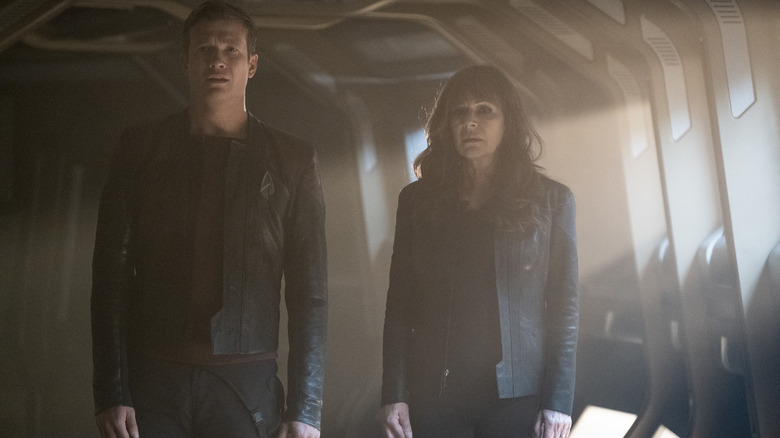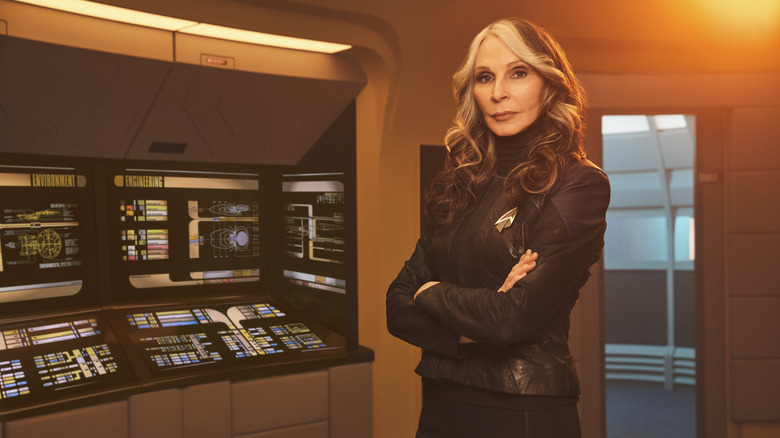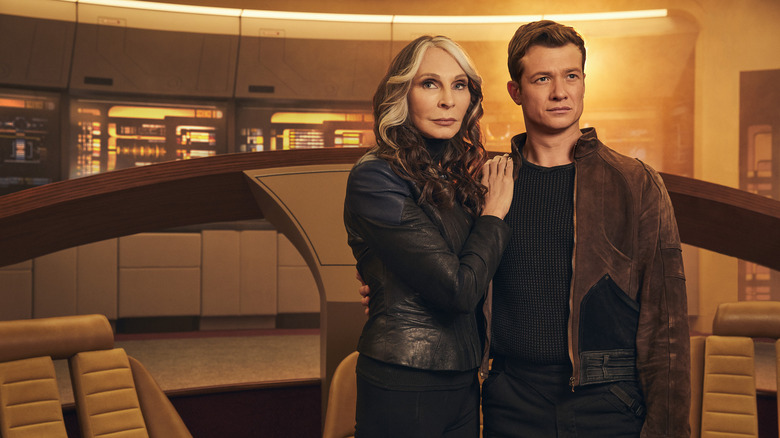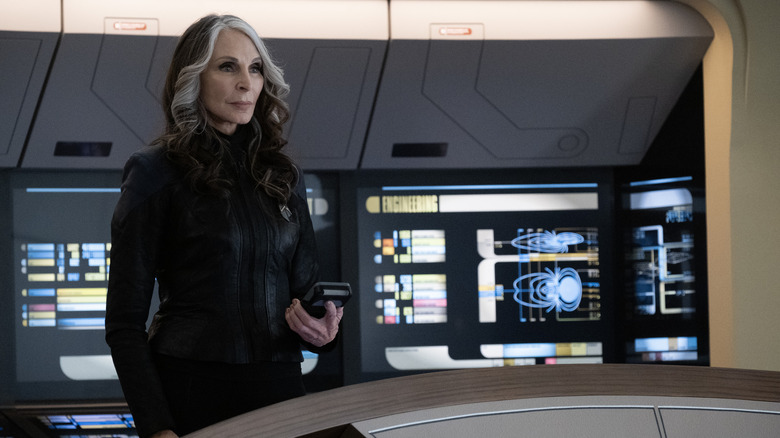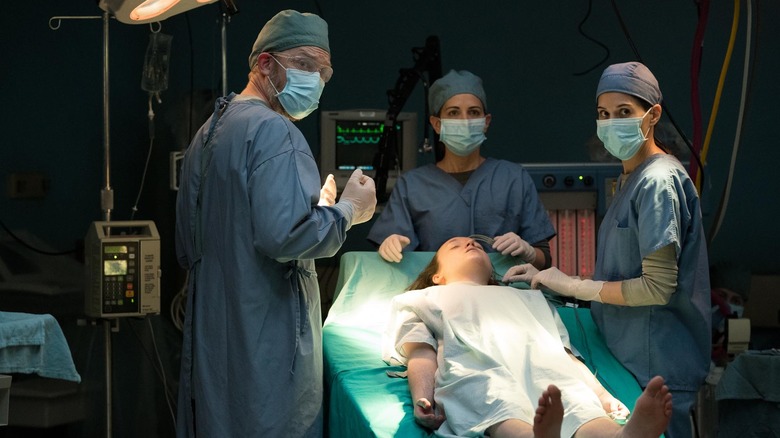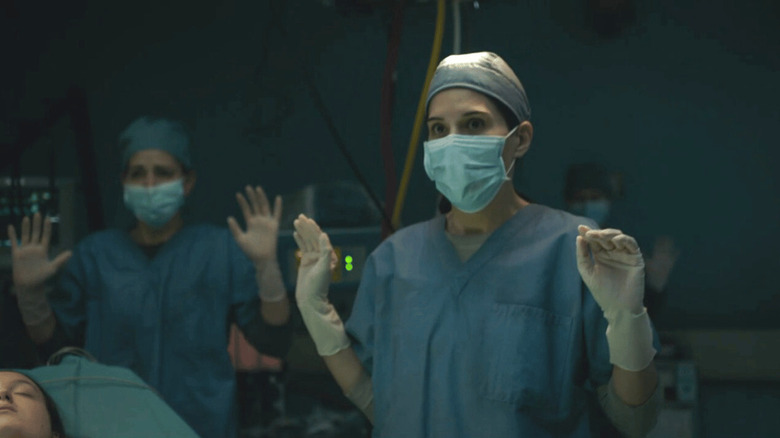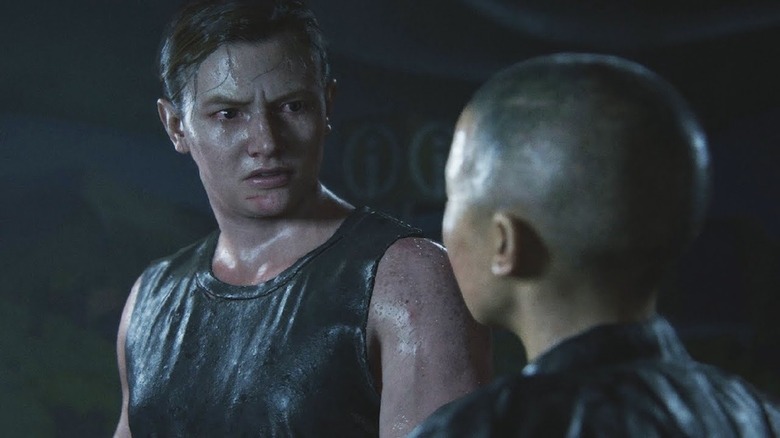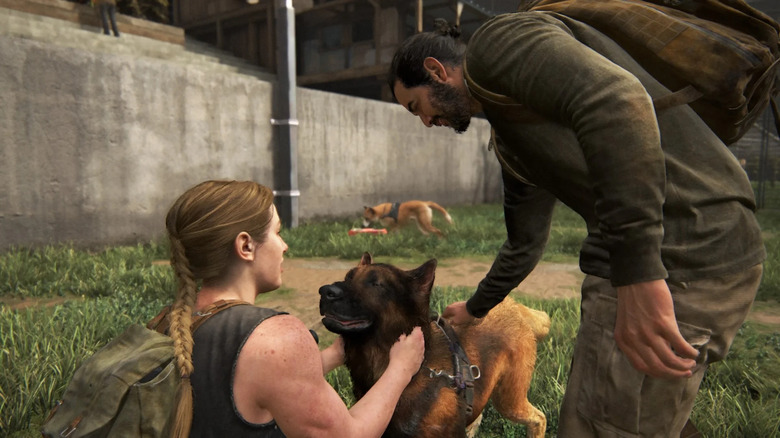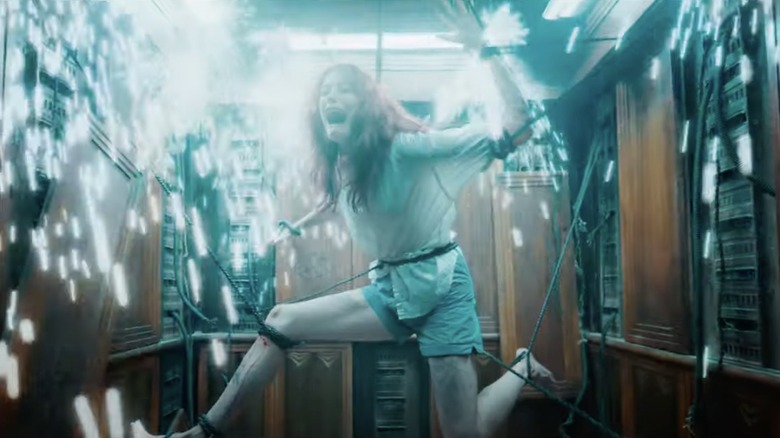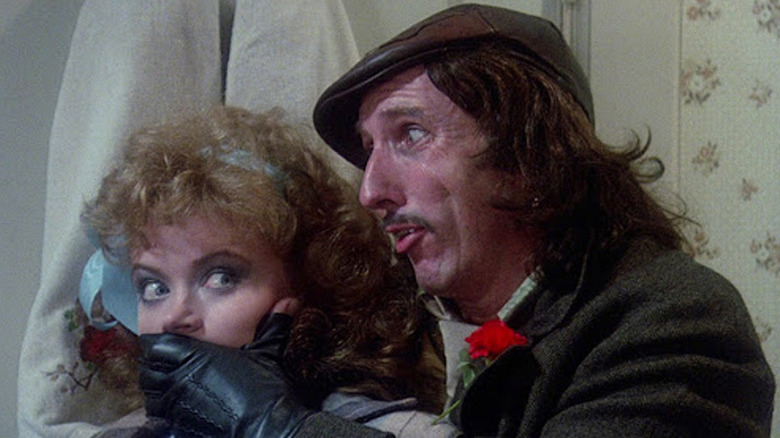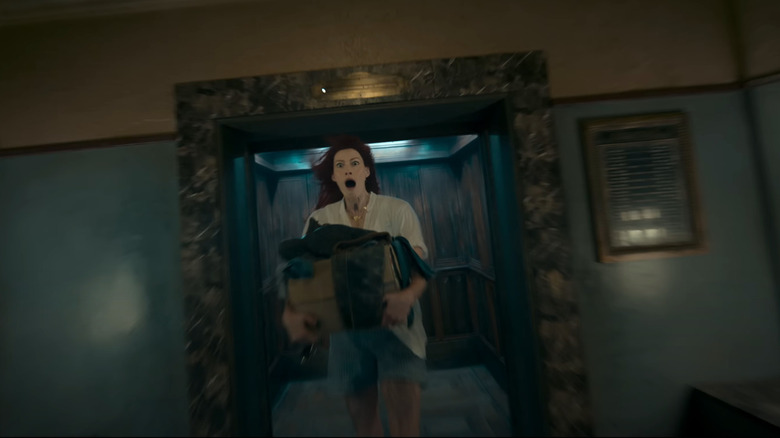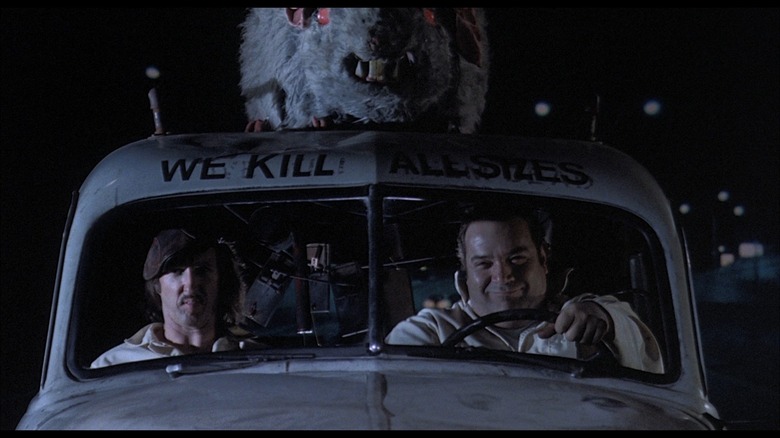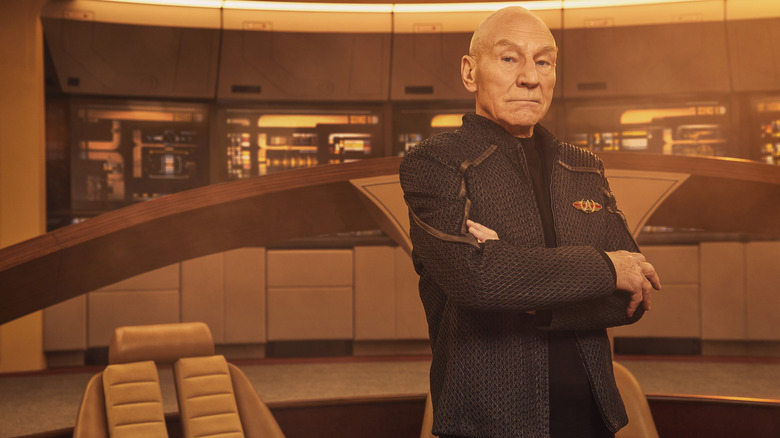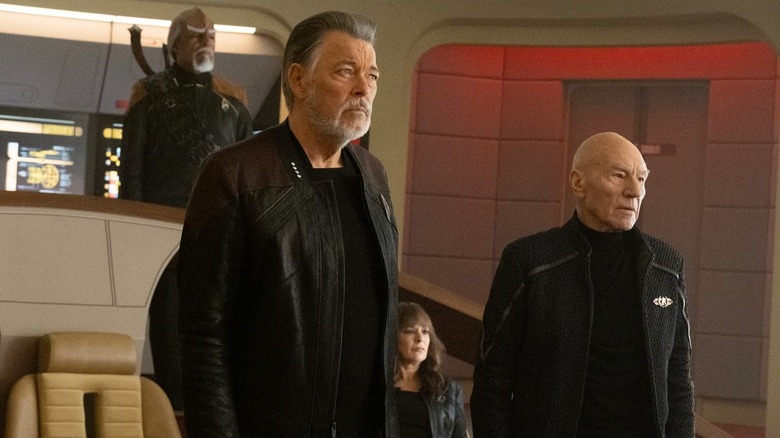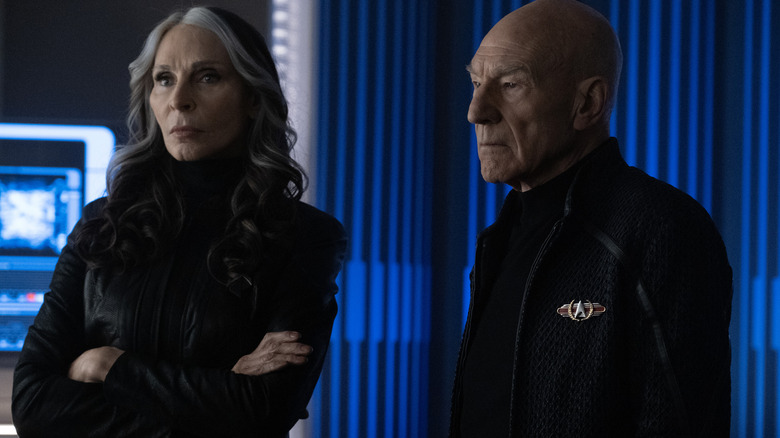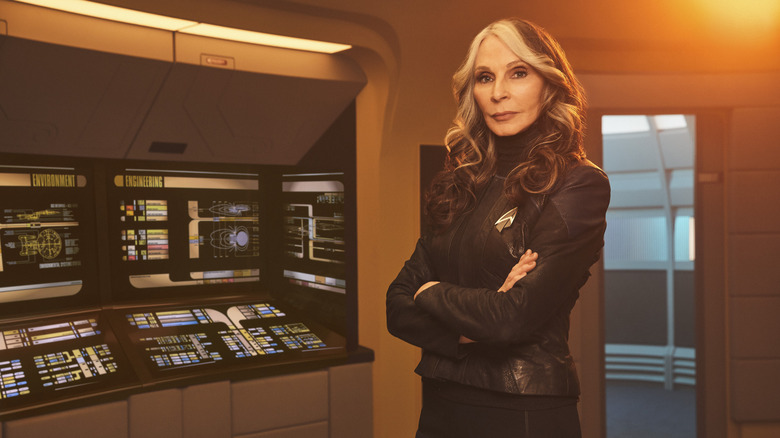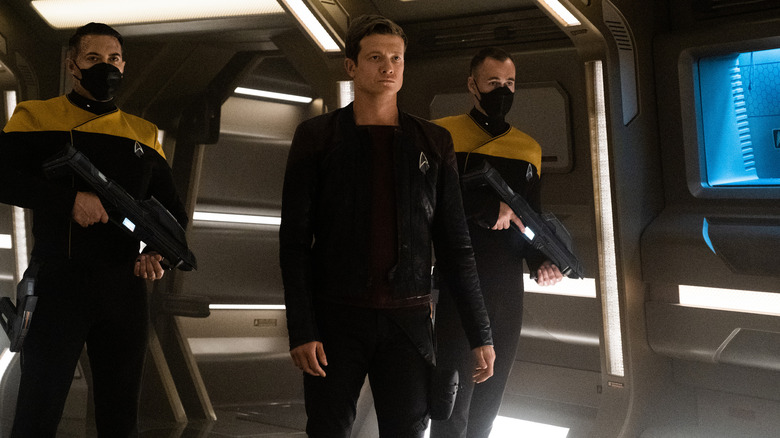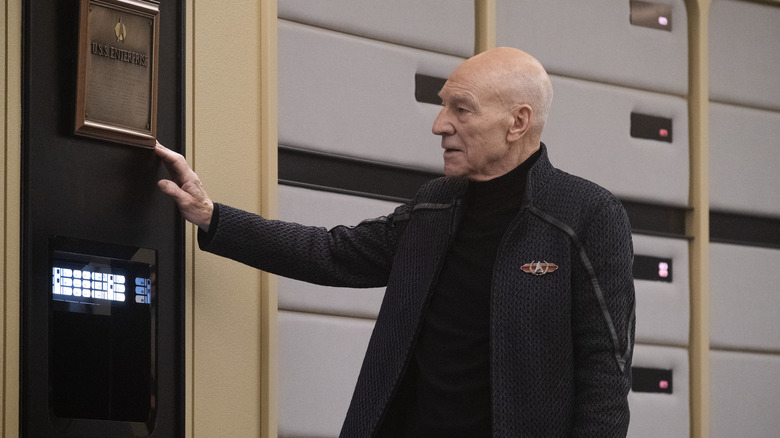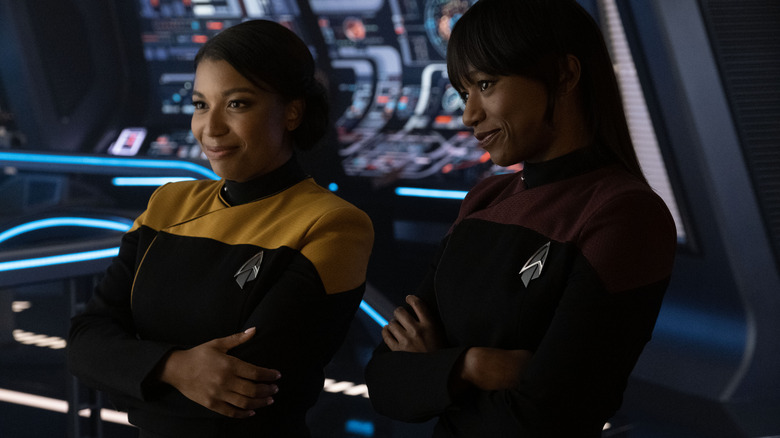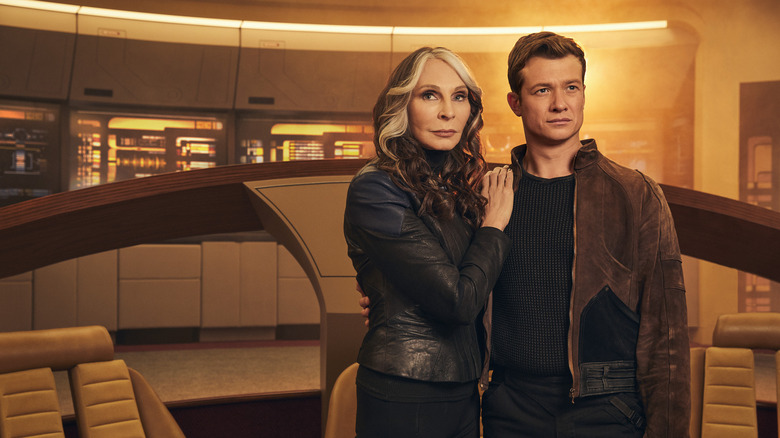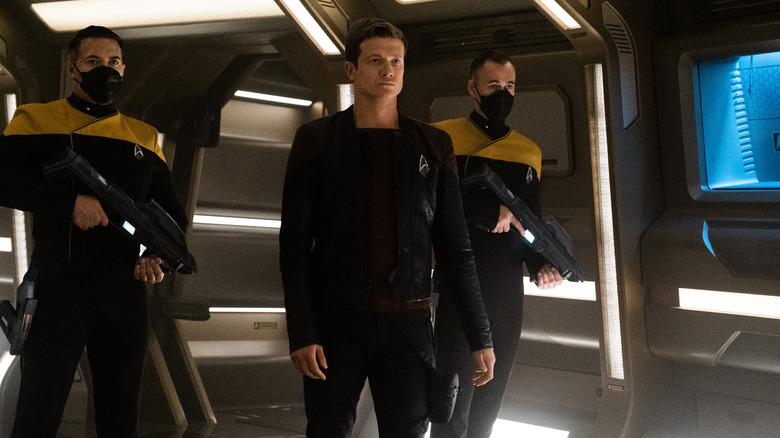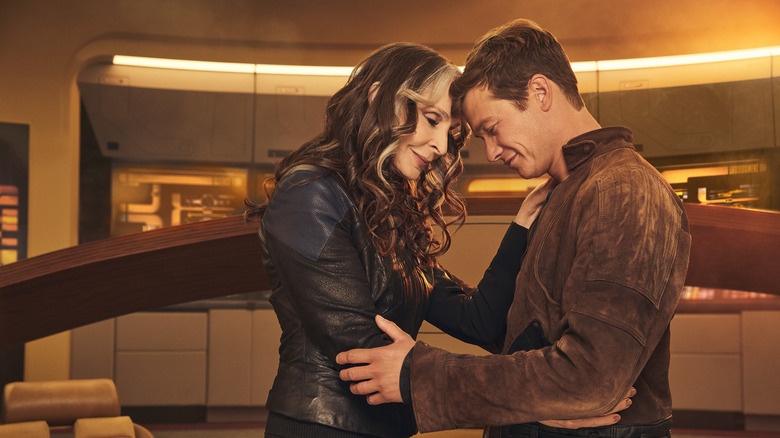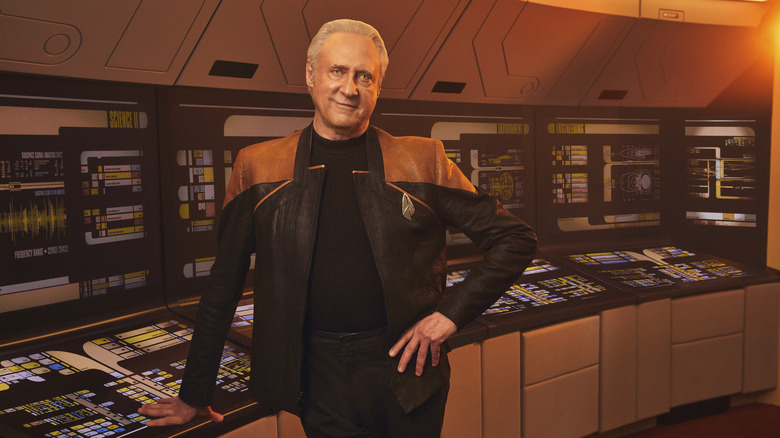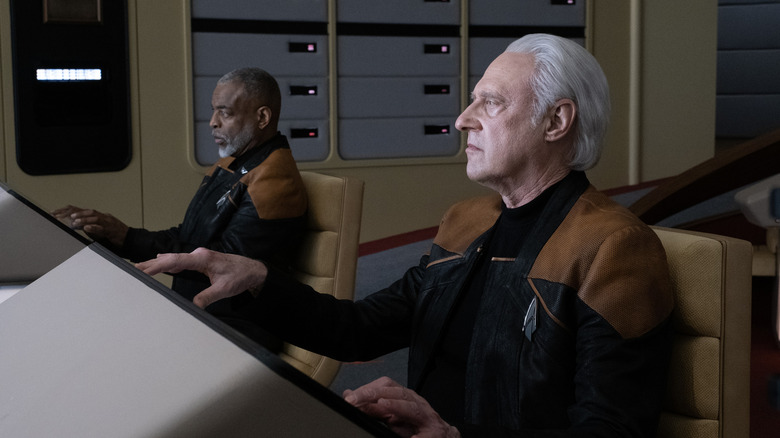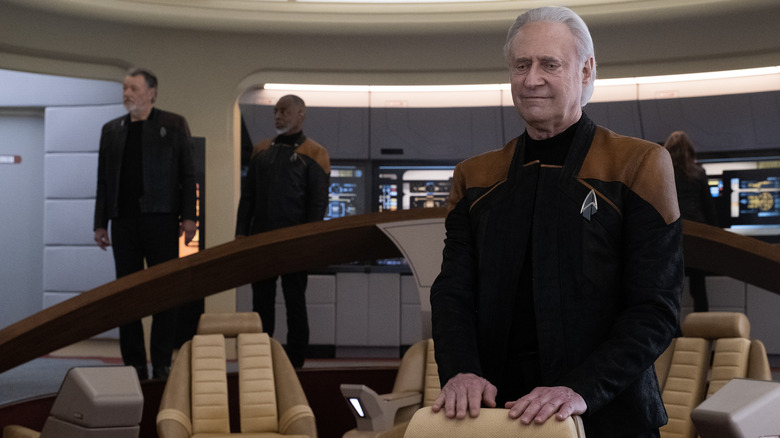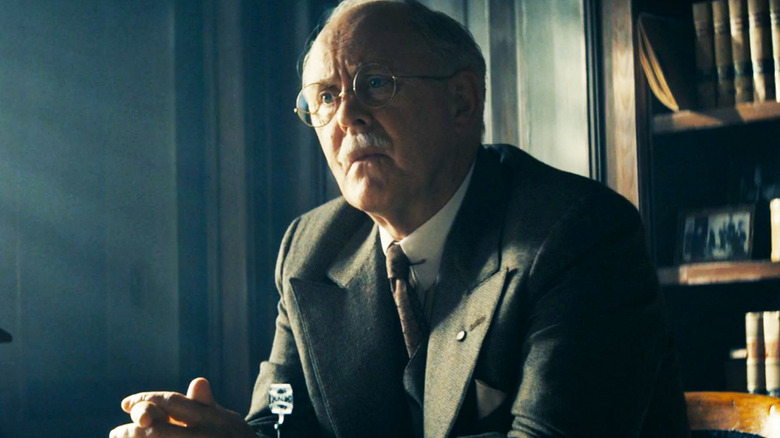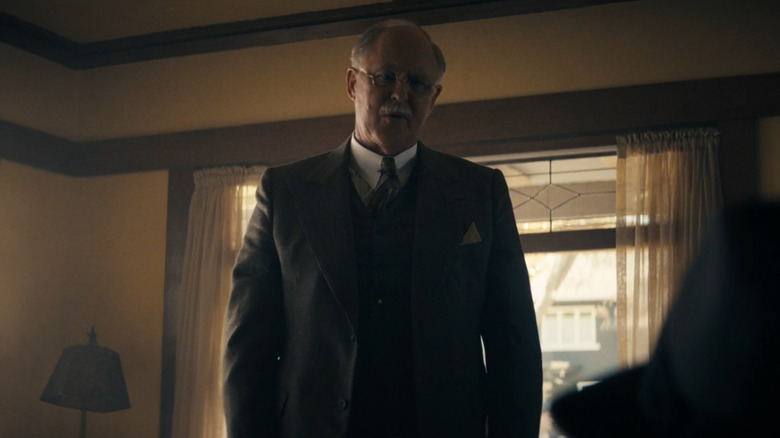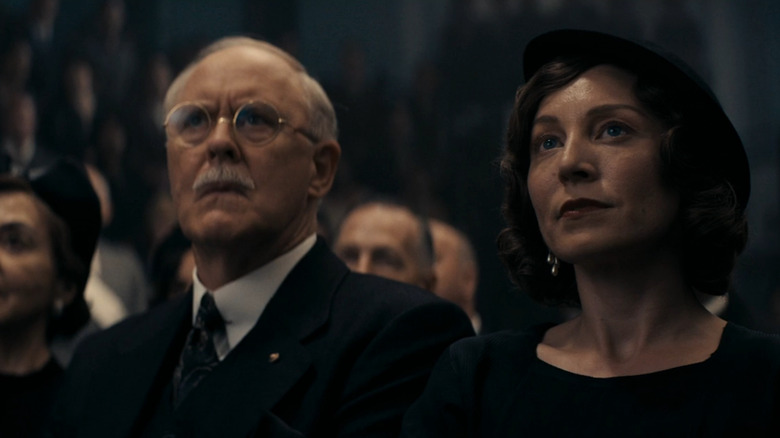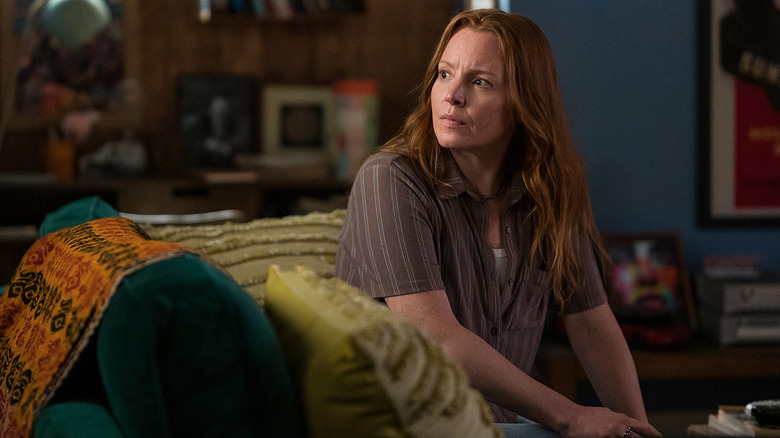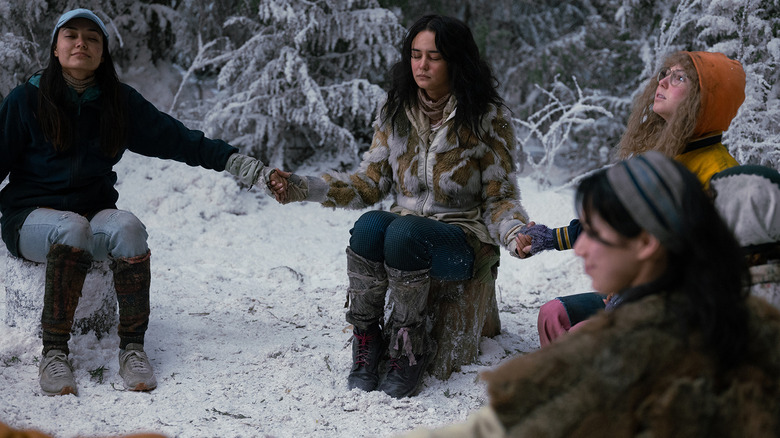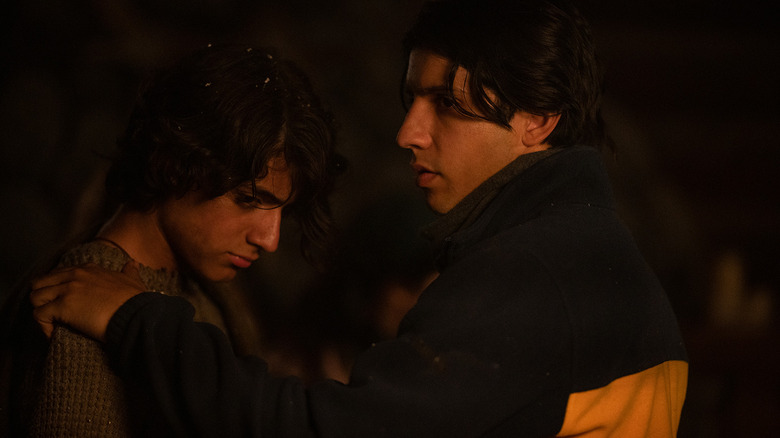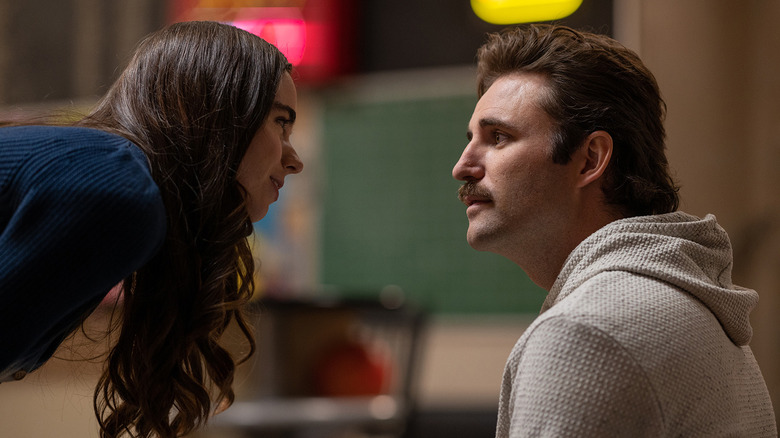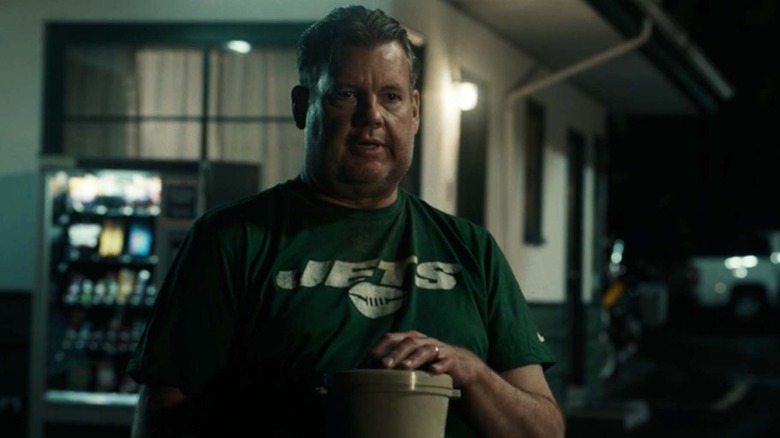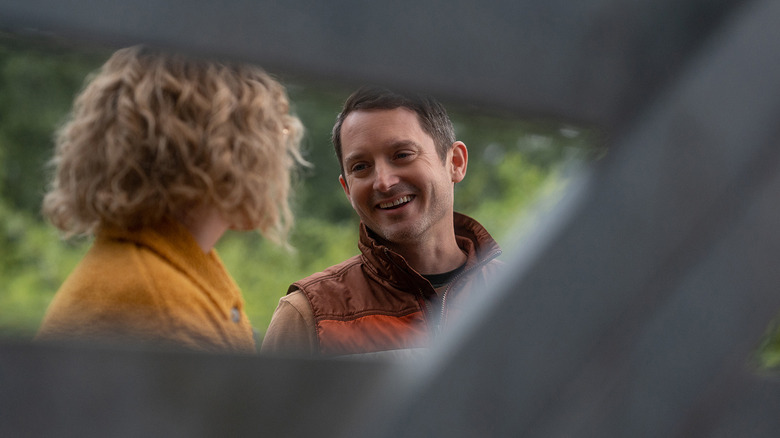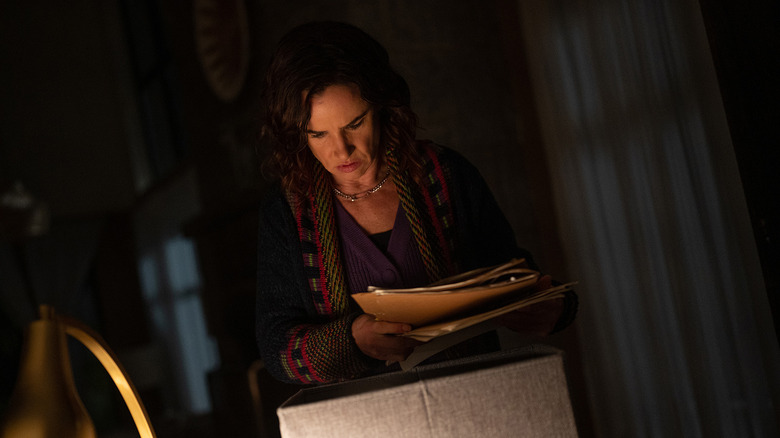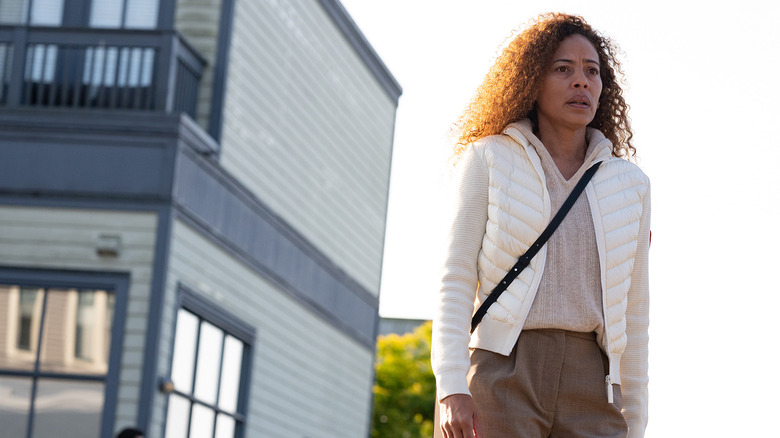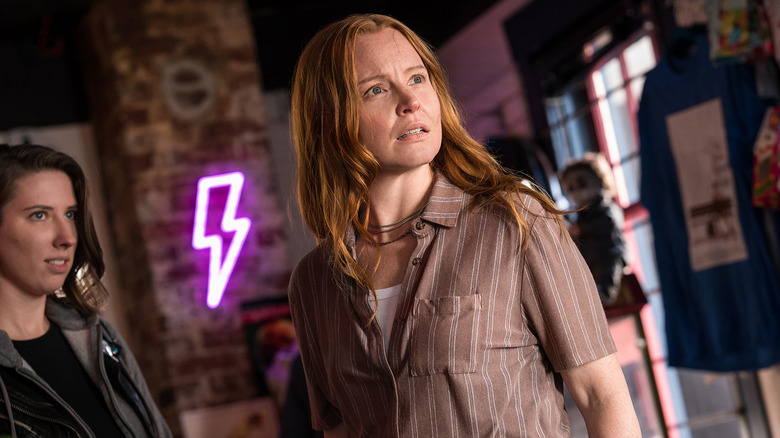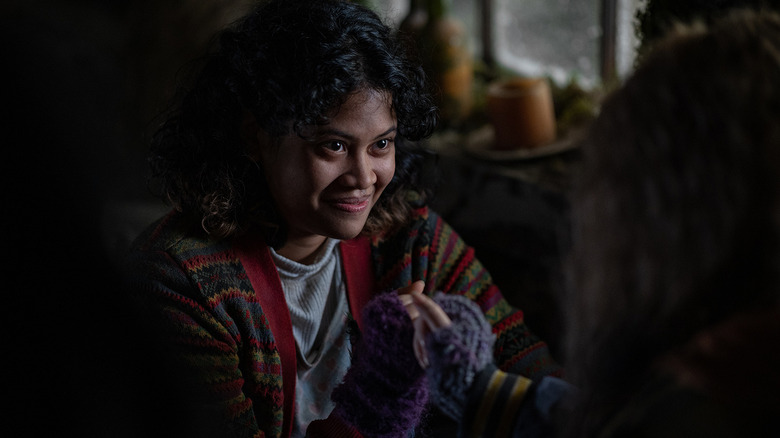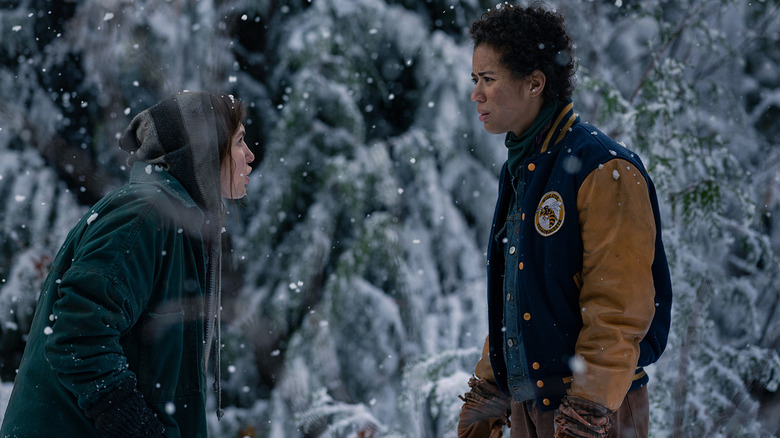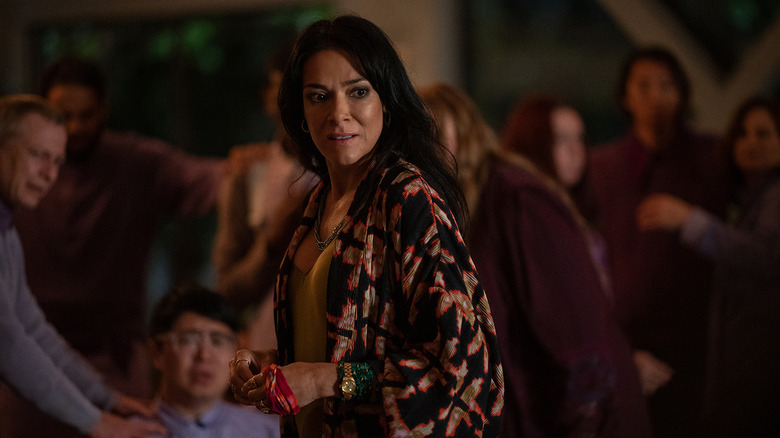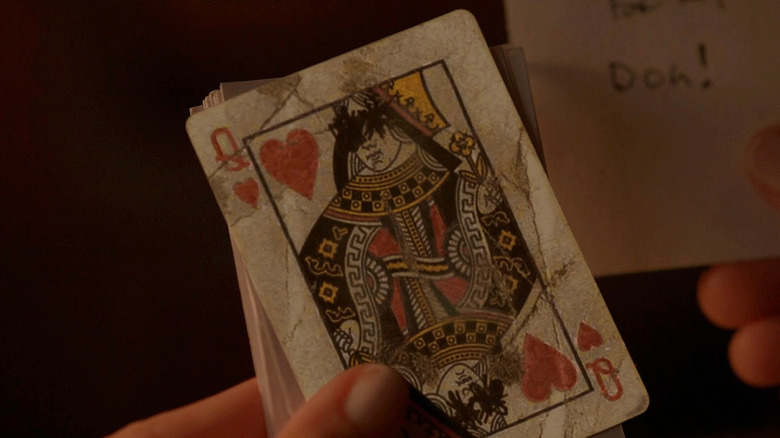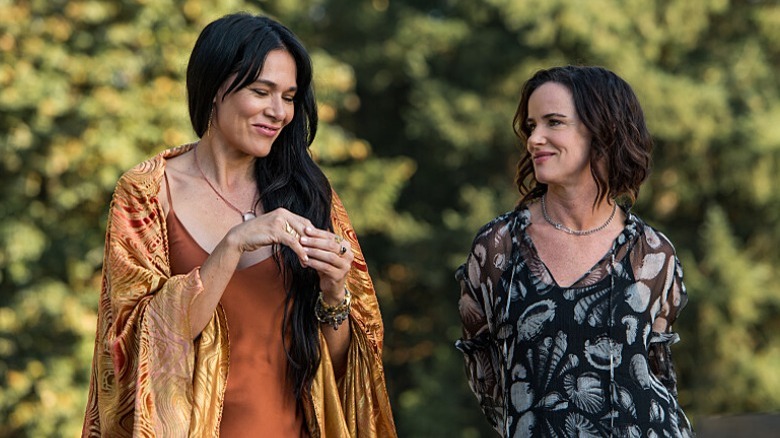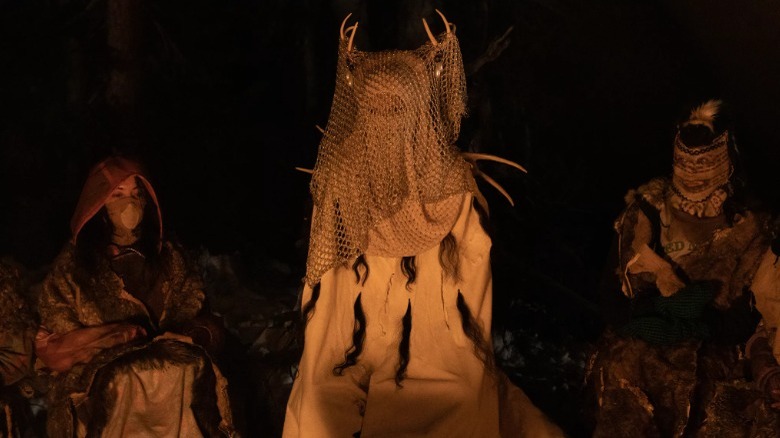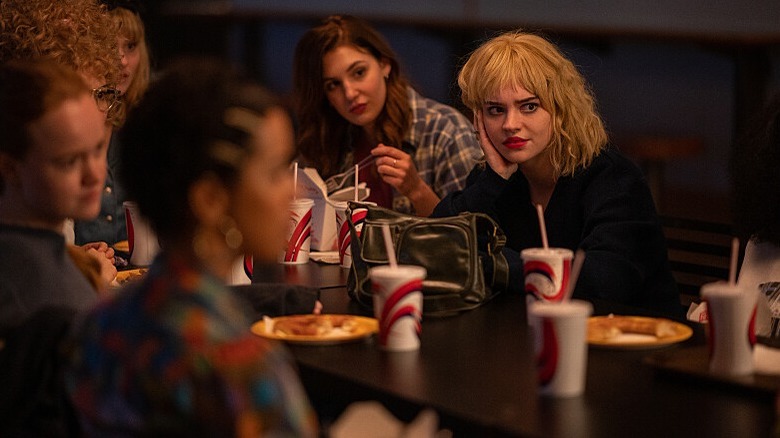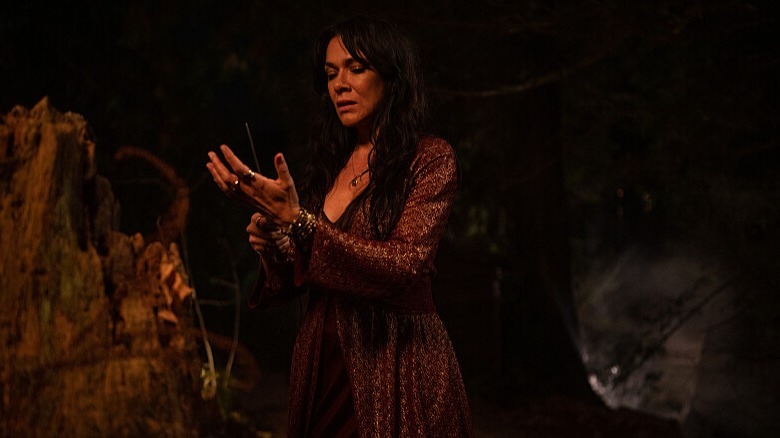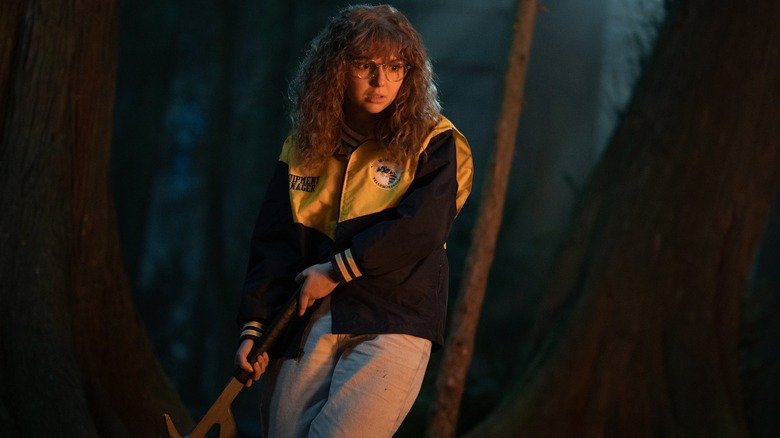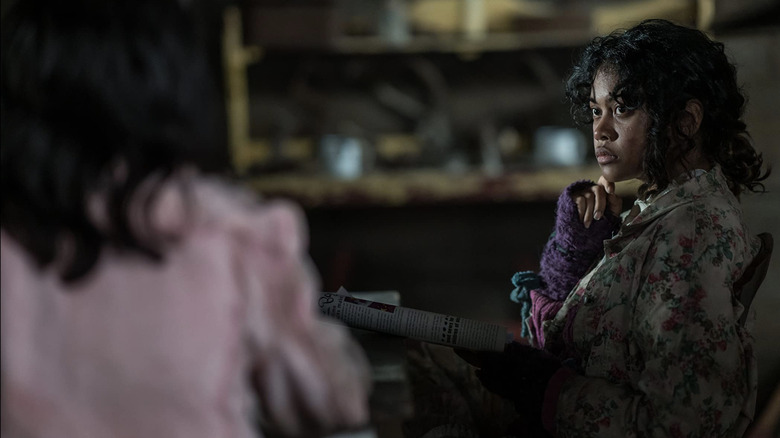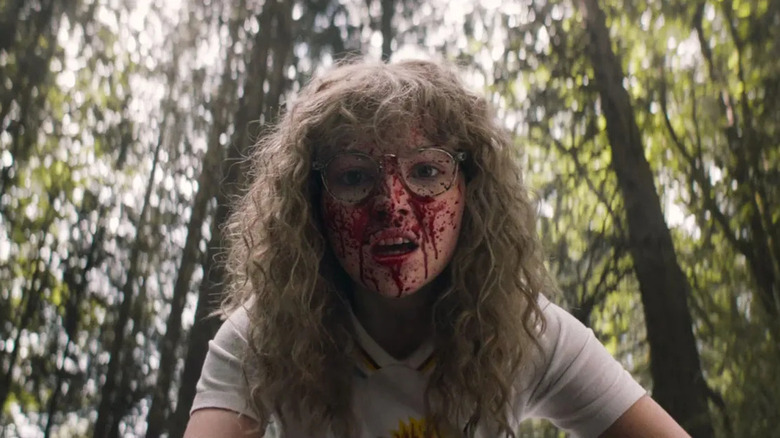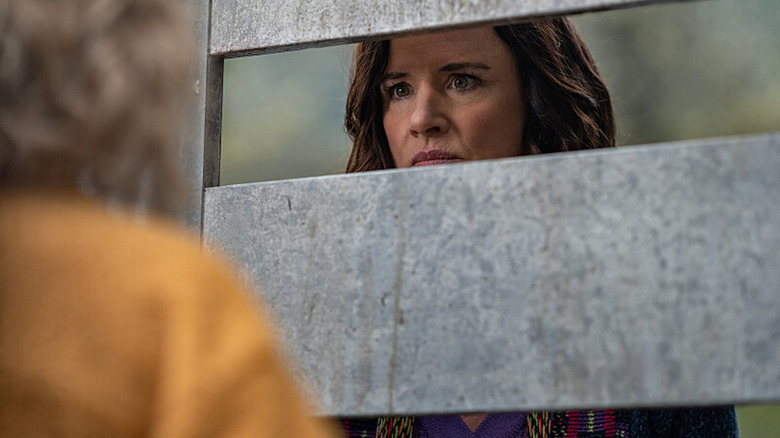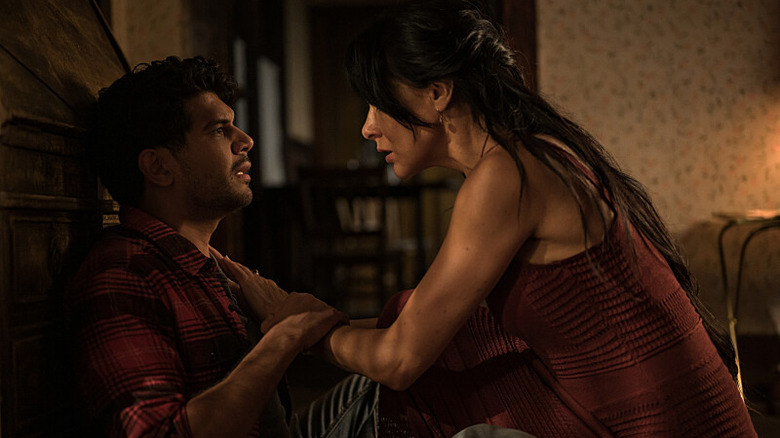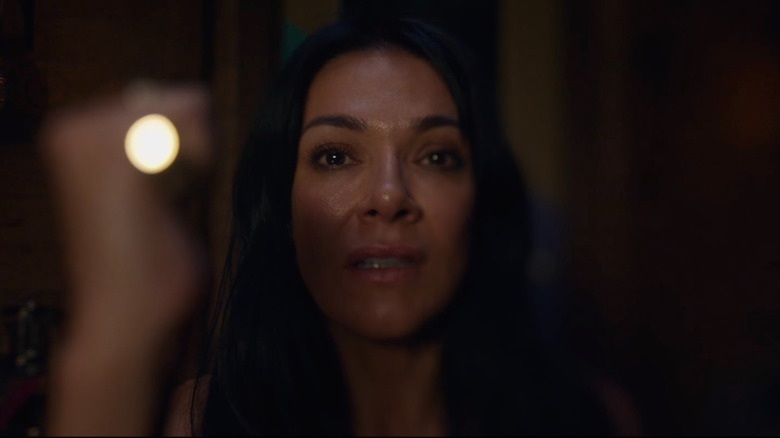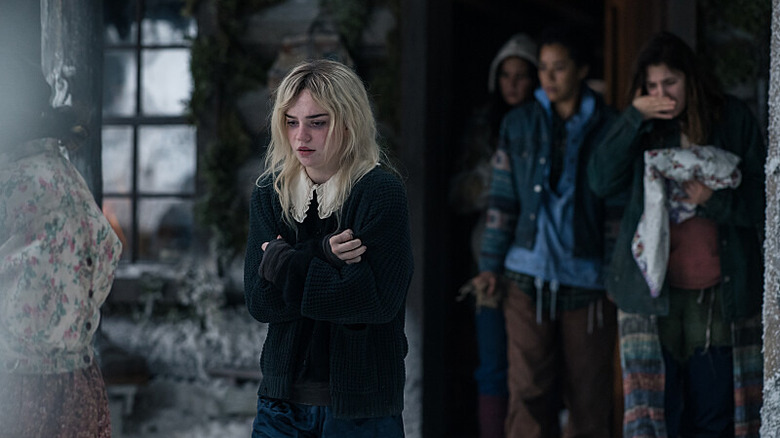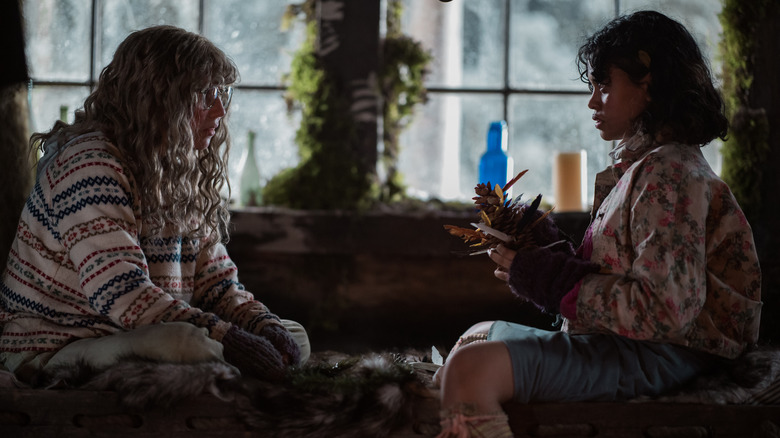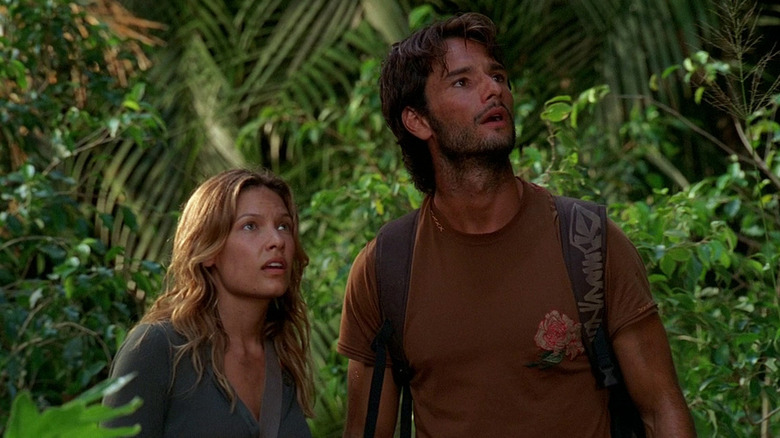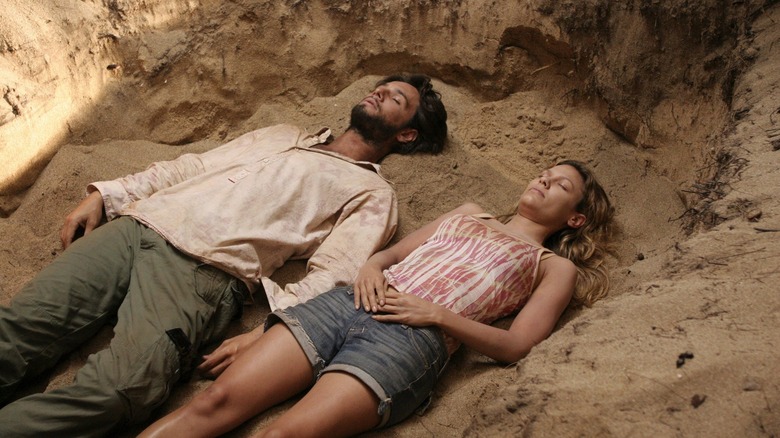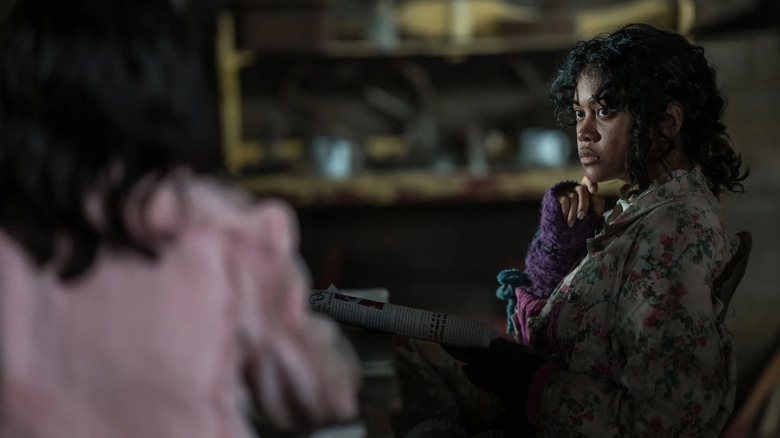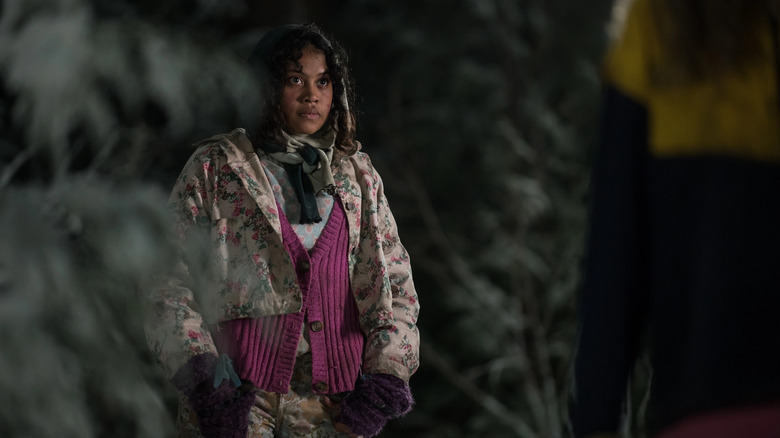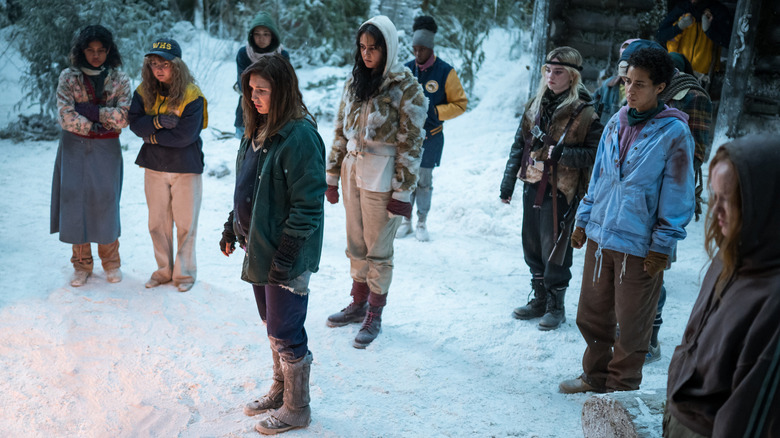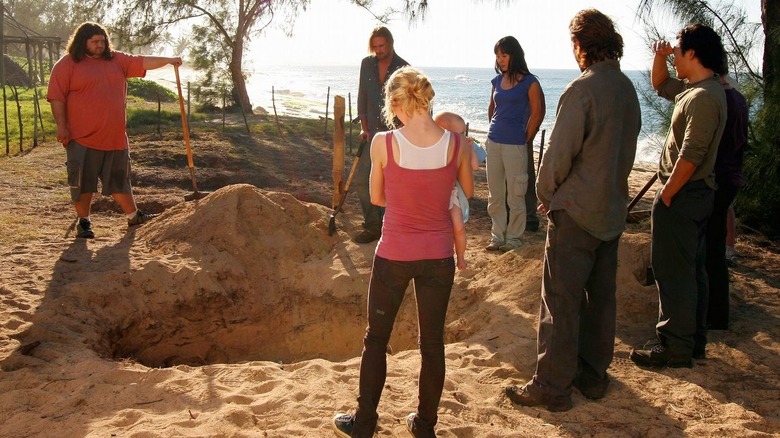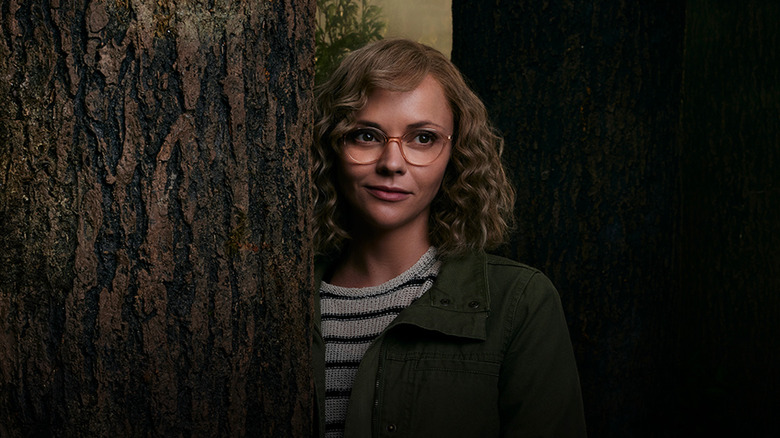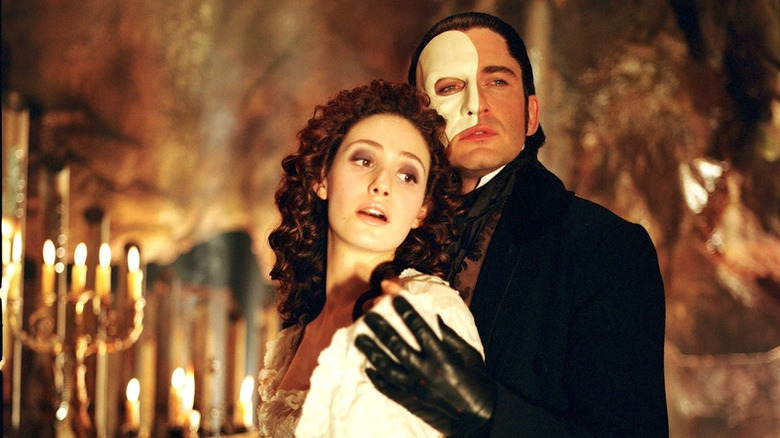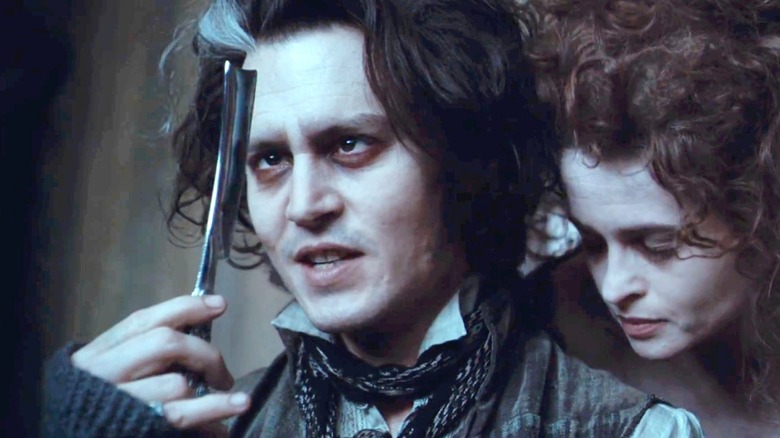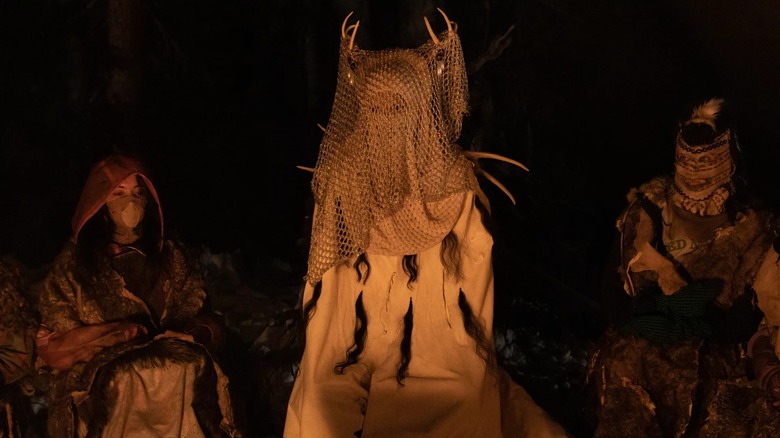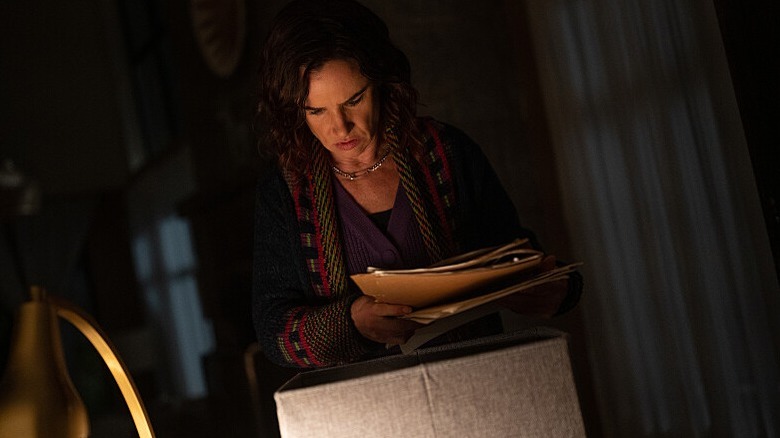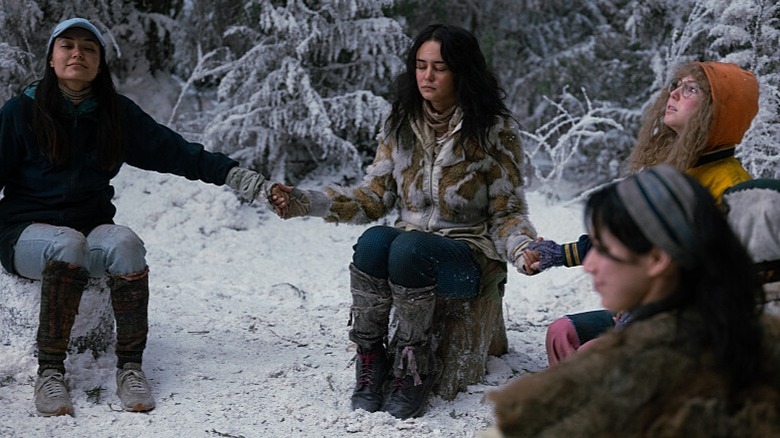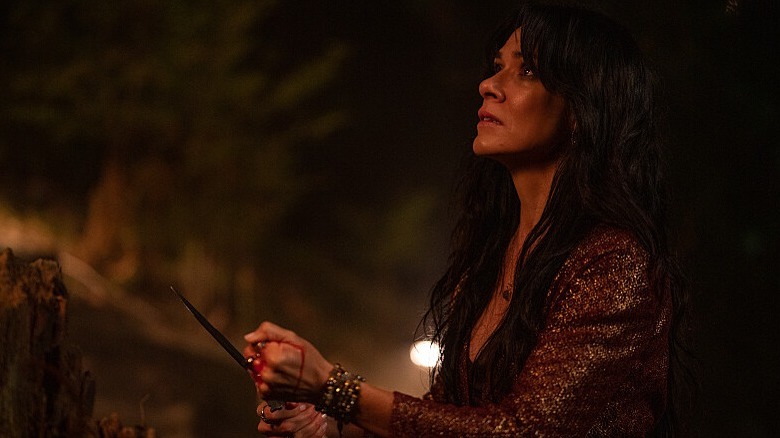The gargantuan artificial construct enveloping your local star is going to be rather difficult to miss, even from a few light years away. And given the literally astronomical costs of resources needed to construct such a device — the still-theoretical-for-humans Dyson Sphere — having one in your solar system will also serve as a stark warning of your technological capacity to ETs that comes sniffing around.
Or at least that's how 20th century astronomers like Nikolai Kardashev and Carl Sagan envisioned our potential Sol-spanning distant future going. Turns out, a whole lot of how we predict intelligences from outside our planet will behave is heavily influenced by humanity's own cultural and historical biases. In The Possibility of Life, science journalist Jaime Green examines humanity's intriguing history of looking to the stars and finding ourselves reflected in them.
Excerpted from The Possibility of Life by Jaime Green, Copyright © 2023 by Jaime Green. Published by Hanover Square Press.
On a Scale of One to Three
The way we imagine human progress — technology, advancement — seems inextricable from human culture. Superiority is marked by fast ships, colonial spread, or the acquisition of knowledge that fuels mastery of the physical world. Even in Star Trek, the post-poverty, post-conflict Earth is rarely the setting. Instead we spend our time on a ship speeding faster than light, sometimes solving philosophical quandaries, but often enough defeating foes. The future is bigger, faster, stronger — and in space.
Astronomer Nikolai Kardashev led the USSR’s first SETI initiatives in the early 1960s, and he believed that the galaxy might be home to civilizations billions of years more advanced than ours. Imagining these civilizations was part of the project of searching for them. So in 1964, Kardashev came up with a system for classifying a civilization’s level of technological advancement.
The Kardashev scale, as it’s called, is pretty simple: a Type I civilization makes use of all the energy available on or from its planet. A Type II civilization uses all the energy from its star. A Type III civilization harnesses the energy of its entire galaxy.
What’s less simple is how a civilization gets to any of those milestones. These leaps, in case it’s not clear, are massive. On Earth we’re currently grappling with how dangerous it is to try to use all the energy sources on our planet, especially those that burn. (So we’re not even a Type I civilization, more like a Type Three-quarters.) A careful journey toward Type I would involve taking advantage of all the sunlight falling on a planet from its star, but that’s just one billionth or so of a star’s total energy output. A Type II civilization would be harnessing all of it.
It’s not just that a Type II civilization would have to be massive enough to make use of all that energy, they’d also have to figure out how to capture it. The most common imagining for this is called a Dyson sphere, a massive shell or swarm of satellites surrounding the star to capture and convert all its energy. If you wanted enough material to build such a thing, you’d essentially have to disassemble a planet, and not just a small one — more like Jupiter. And then a Type III civilization would be doing that, too, but for all the stars in its galaxy (and maybe doing some fancy stuff to suck energy off the black hole at the galaxy’s core).
On the one hand, these imaginings are about as close to culturally agnostic as we can get: they require no alien personalities, no sociology, just the consumption of progressively more power, to be put to use however the aliens might like. But the Kardashev scale still rests on assumptions that are baked into so many of our visions of advanced aliens (and Earth’s own future as well). This view conflates advancement not only with technology but with growth, with always needing more power and more space, just the churning and churning of engines. Astrophysicist Adam Frank identifies the Kardashev scale as a product of the midcentury “techno-utopian vision of the future.” At the point when Kardashev was writing, humanity hadn’t yet been forced to face the sensitive feedback systems our energy consumption triggers. “Planets, stars, and galaxies,” Frank writes, “would all simply be brought to heel.”
Even in the Western scientific tradition, alternatives to Kardashev’s scale have been offered. Aerospace engineer Robert Zubrin proposed one scale that measures planetary mastery and another that measured colonizing spread. Carl Sagan offered one that accounts for the information available to a civilization. Cosmologist John D. Barrow proposed microscopic manipulation, going from Type I–minus, where people can manipulate objects of their own scale, down through the parts of living things, molecules, atoms, atomic nuclei, subatomic particles, to the very fabric of space and time. Frank proposed looking not at energy consumption but transformation, noting that a sophisticated civilization does more than bring a planet to heel, it must learn to find balance between resource use and long-term survival.
Of these — again, all white American or European men — only Sagan offers a measure of advancement that isn’t necessarily acquisitive. Even the manipulation of atoms, which may seem so small and delicate, requires massive amounts of energy in the form of particle accelerators, not to mention that this kind of tinkering has also unleashed humanity’s greatest destructive force. But Sagan’s super-advanced civilization could be nothing more than a massive, massive library, filled with scholars and philosophers, expanding and exploring mentally but with no dominion over their planet or star. (Yet, one has to ask: What is powering those libraries? The internet is ephemeral, but it is not free.)
Implicit in any vision of vast progress is not just longevity but continuity. The assumption of the ever upward-sloping line is bold to say the least. In the novella A Man of the People, Ursula K. Le Guin writes of one world, Hain, where civilization has existed for three million years. But just as the last few thousand years on Earth have seen empires rise and fall, and cultures collapse and displace one another, so it is on Hain at larger scale. Le Guin writes, “There had been…billions of lives lived in millions of countries…infinite wars and times of peace, incessant discoveries and forgettings…an endless repetition of unceasing novelty.” To hope for more than that is perhaps more optimistic than to imagine we might domesticate a star. Perhaps it’s also shortsighted, extrapolating out eons of future from just the last few centuries of life on two continents, rather than a wider view of many millennia on our whole world.
All of these scales of progress are built on human assumptions, specifically the colonizing, dominating, fossil-fuel-burning history of Europe and the United States. But scientists don’t see much use in thinking about the super-advanced alien philosophers and artists and dolphins, brilliant as they might be, because it would be basically impossible for us to find them.
The scientific quest for advanced aliens is about trying to imagine not just who might be out there but how we might find them. Which is how we end up at Dyson spheres.
Dyson spheres are named for Freeman Dyson, the physicist, mathematician, and general polymath. While most SETI scientists in the early 1960s were looking for extraterrestrial beacons, Dyson thought “one ought to be looking at the uncooperative society.” Not obstinate, just not actively trying to help us. “The idea of searching for radio signals was a fine idea,” he said in a 1981 interview, “but it only works if you have some cooperation at the other end. So I was always thinking about what to do if you were looking just for evidence of intelligent activities without anything in the nature of a message.” And you might as well start with the easiest technology to detect — the biggest or brightest. So the massive spheres Dyson popularized in his 1960 paper were the result of him asking What is the largest feasible technology?
In the Star Trek: The Next Generation episode “Relics,” the Enterprise finds itself caught in a massive gravitational field, even though there are no stars nearby. The source, on the view screen, is a matte, dark gray sphere. Riker says its diameter is almost as wide as the Earth’s orbit.
Picard asks, with hushed wonder, “Mr. Data, could this be a Dyson sphere?”
Data replies, “The object does fit the parameters of Dyson’s theory.”
Commander Riker isn’t familiar with the concept, but Picard doesn’t give him any trouble for that. “It’s a very old theory, Number One. I’m not surprised that you haven’t heard of it.” He tells him that a twentieth century physicist, Freeman Dyson, had proposed that a massive, hollow sphere built around a star could capture all the star’s radiating energy for use. “A population living on the interior surface would have virtually inexhaustible sources of power.”
Riker asks, with some skepticism, if Picard thinks there are people living in the sphere.
“Possibly a great number of people, Commander,” Data says. “The interior surface area of a sphere this size is the equivalent of more than two hundred and fifty million Class M [Earthlike] planets.”
In Dyson’s thinking, the goal wasn’t living space but energy — how would a civilization reach Type II? And Dyson’s writing was clearly speculative. In the paper, he wrote, “I do not argue that this is what will happen in our system; I only say that this is what may have happened in other systems.” Decades later, astrophysicist Jason Wright took up the search.
One of the great benefits to this approach, Wright told me, is that “nature doesn’t make Dyson spheres.” Wright is a professor of astronomy and astrophysics at Penn State, where he is director of the Penn State Extraterrestrial Intelligence Center. But while the best known version of SETI is listening for radio signals (more on that in the next chapter), Wright focuses on looking for technosignatures — evidence of technology out among the stars. Technosignatures allow you to find those uncooperative aliens Dyson thought would make the best targets. We don’t even need to find the aliens, in this case, just proof they once existed. That could be a stargate, or a distant planet covered in elemental silicon (geologically unlikely, but technologically great for solar panels), or it could be a Dyson sphere.
Wright’s first big search for Dyson spheres was called Glimpsing Heat from Alien Technologies, or G-HAT. Or, even better, Gˆ (because that’s a G with a little hat on it). The premise was simple: Dyson spheres don’t just absorb energy, they transform it, inevitably radiating some waste as heat which we can see as infrared radiation. So, from 2012 to 2015, Wright and his team looked at about a million galaxies, searching for a Type II civilization on its way to Type III, having ensconced enough of a galaxy’s stars in Dyson spheres that the galaxy might glow unusually bright in infrared. (They surveyed galaxies rather than individual stars because, as Wright writes, “A technological species that could build a Dyson sphere could also presumably spread to nearby star systems,” so it’s fair to think a galaxy with one Dyson sphere may have several, and several would be easier to find than just one. Might as well start there.) None were found, but you know that because you would’ve surely heard about it if Wright’s search had succeeded.
Wright prides himself on the agnosticism of this approach. He doesn’t need aliens to be looking for us or to have any certain sociological impulses. They just need technology. “Technology uses energy,” he told me. “That’s kind of what makes it technology. Just like life uses energy.” That view makes demolishing a Jupiter-sized planet to build a star-encompassing megastructure seem almost comically simple, but Wright doesn’t even see the existence of a Dyson sphere as requiring massive coordination or forethought on the aliens’ part. It is truly, in his view, a low-intensity ask. He compared it to Manhattan, a fair example of a human “megastructure,” a massive, interconnected, artificial system. “It was planned to some degree, but no one was ever like, ‘Hey, let’s build a huge city here.’ It’s just every generation made it a little bigger.” He thinks a Dyson sphere or swarm could accumulate in a similar manner. “If the energy is out there to take and it’s just gonna fly away to space anyway, then why wouldn’t someone take it?”
Wright knows the objections: that this imagines a capitalist orientation, a drive to “dominate nature” that is by no means universal, not even among human societies. But for his research to work, this drive doesn’t need to be universal among the stars. It just has to have happened sometimes, enough for us to see the results. As he put it, “There’s nothing that drives all life on Earth to be large. In fact, most life is small. But some life is large.” And if an alien were to come to Earth, they wouldn’t need to see all the small life to know the planet was inhabited. A single elephant would do the trick.
Some hypothetical alien technosignatures might be less definitive. In 2017, astronomers detected a roughly quarter-mile-long rocky object slingshotting through the solar system. They realized that this object, called ‘Oumuamua, came from outside the system — because of its speed and the path it took. It was the first interstellar object ever detected in our system. While hopes or fears that it was an alien probe were not realized, it was a reminder that alien technology could be found closer to home, lurking around our own sun.
“We don’t know that there’s not technology here because we’ve never really checked,” Wright said. “I mean, I guess if they had cities on Mars, we would notice—if they were on the surface, anyway.” But, he pointed out, much of the Earth’s surface doesn’t have active, visible technology. The same could go for the solar system beyond Earth, too. There could be alien probes or debris, like ‘Oumuamua but constructed, moving so fast or so dark that we don’t see them. Maybe there’s an alien base on the dwarf planet Ceres, or buried under the surface of Mars. The lunar monolith in 2001: A Space Odyssey, Wright reminded me, was buried just under the surface of the moon. All those ancient interstellar gates sci-fi is fond of have to be found before they can be used. Don’t forget, until 2015, our best image of Pluto was a blurry blob. So much of what we know about even our own solar system is inference and assumption.
Skeptics love to ask Okay, so where is everyone? But we don’t know for sure that they aren’t — or haven’t been — here.
This article originally appeared on Engadget at https://www.engadget.com/hitting-the-books-the-possibility-of-life-jaime-greene-hanover-square-press-113047089.html?src=rss

